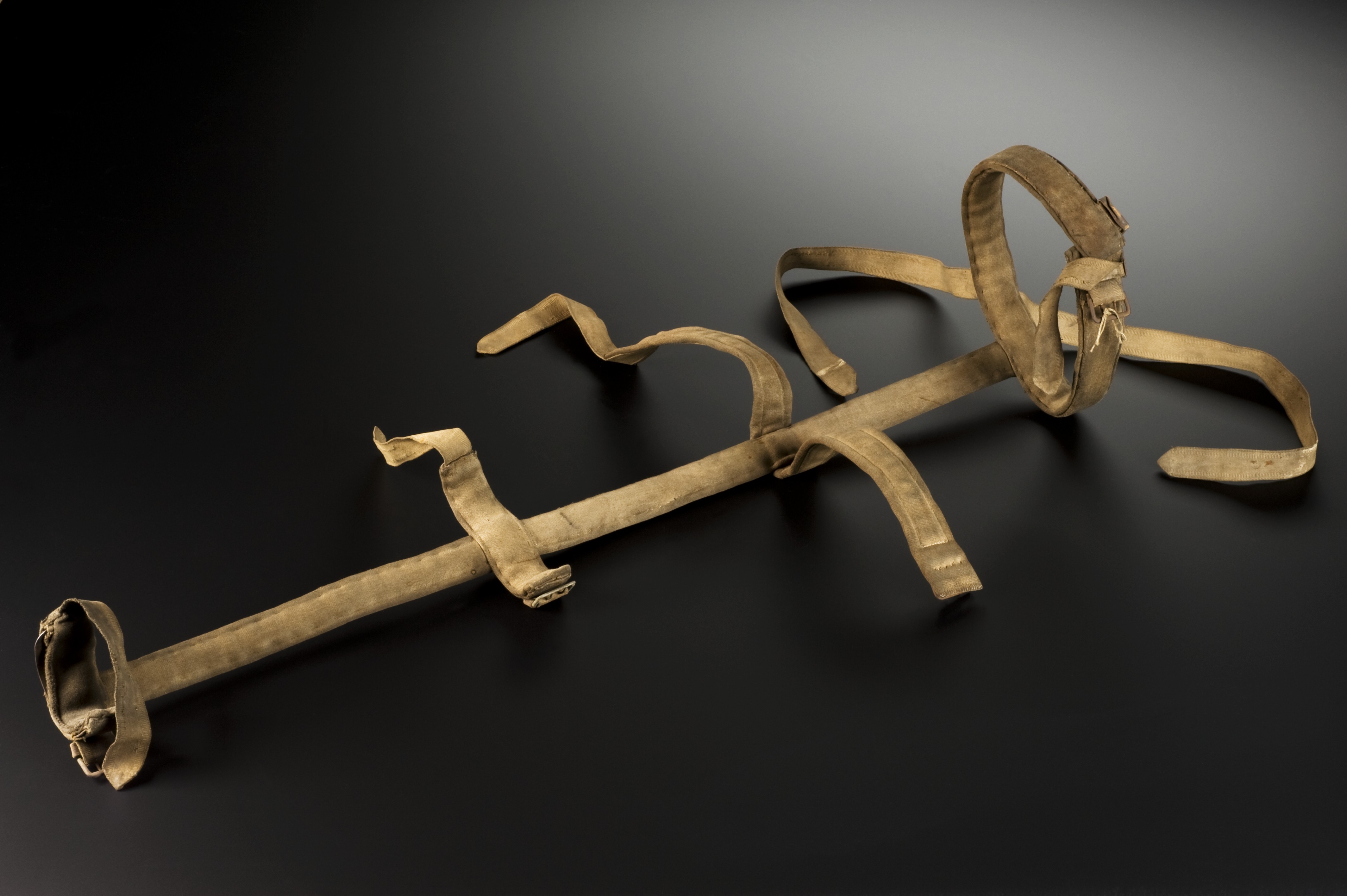If you work as an air medical transport paramedic, there’s a good chance you will respond to emergencies in which the patient requires a splint. This will usually be in situations where the patient has undergone some form of physical trauma and fracture. You may think you’re already an expert in splinting but there’s always room for improvement.
Tips for Better Splinting in Air Medical Transport Paramedicine
As a novice paramedic, you may still be nervous when you come across actual patients that require a splint. Here are a few tips that will make it easier for you to make great pre-hospital splints:
- Take your time if the patient is stable – There may be times when you need to splint an extreme fracture when you respond to a call. If the patient’s condition is stable, it’s important that you avoid rushing through the splinting process. Although you may get nervous, there’s no harm in taking a few extra minutes to carefully splint the fracture before taking them for air medical transport.
- Make the most of pillows – Pillows provide good padding when you need to splint a fracture. They also act as effective splints even on their own. So if your patient has a distal fracture, you just need to roll up the injured part in a pillow and tape it firmly. But make sure the toes or fingers are sticking out.
Opt to control the pain beforehand – Although splinting is intended to reduce pain, the splinting process itself can be very painful. If your patient is screaming in pain it may be difficult for you to concentrate on the splinting and you may end up making a mistake. So try to administer some analgesics beforehand if possible.


